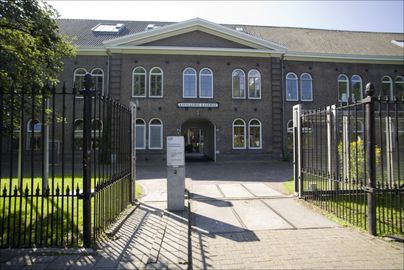

The State Academy of Fine Arts was founded in 1870 by King Willem III and was the successor to the Royal Academy of Fine Arts, the Amsterdam Municipal Academy of Drawing in the 18th century, and the Konst Room in the 17th century. Many world-renown artists have graduated from the academy and gone on to become international art stars.
Starting from the 1980s, the academic model of art education has given way to the 'artist residency one, which mainly means no lessons are given, classrooms are converted into individual studios and teachers are replaced by experienced artists (the so-called 'advisors), who make individual studio visits. From 1985 onward, the State Art Academy has developed a strong international program, the number of applications has increased significantly, and international advisors and alumni work can be seen all over the world.
From 1870 and until 1992, the Rijksakademie was located at Stadhouderskade 86, that location now being occupied by another art residency program called De Ateliers and, currently, linked to the Rijksakademie. In 1992, the Academy has moved to this location. The monument, known as de Kavallerie-Kazerne (the Cavalry Barracks), was re-decorated by the architect Koen van Velsen. The Cavalry Barracks were originally built in 1864-65 around a landscaped courtyard in an austere Neo-Classicist style, and were commissioned by the Ministry of War (these days, the Ministry of Defense).
Technical workshops are housed in the former stables on the ground floor. On the upper floors and in the adjacent former stables are located the individual artist studios. In the courtyard, two new towers house the collections, the library, artists' documentation, project spaces and the offices. The different parts of the building are connected by glass-and-steel walkways.